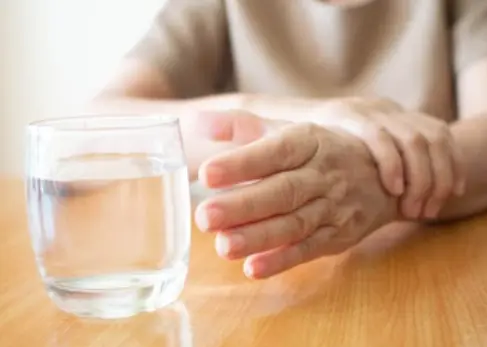 Welcome
Welcome
“May all be happy, may all be healed, may all be at peace and may no one ever suffer."
Water disinfection - Generics
Water disinfection is the process of removing, deactivating, or killing microorganisms in water to make it safe for human consumption. There are several methods used to disinfect water, including chemical, physical, and biological methods. The most commonly used chemical disinfectants are chlorine and its compounds, such as chloramine and chlorine dioxide. Physical methods of disinfection include ultraviolet (UV) radiation, boiling, and filtration. Biological methods include the use of certain types of bacteria that can remove contaminants from the water.
Chlorination is the most widely used method of water disinfection worldwide, and it has been effective in reducing the incidence of waterborne diseases such as cholera, typhoid fever, and dysentery. Chlorine is a strong oxidizing agent that can destroy bacteria, viruses, and protozoan cysts in water. Chlorine can be added to water in the form of gas, liquid, or solid. Chlorine gas is the most commonly used form, but it is hazardous to handle and transport. Liquid chlorine is less hazardous, but it is more expensive and can be corrosive to equipment. Solid chlorine, in the form of calcium hypochlorite or sodium hypochlorite, is easy to handle and transport and is commonly used for small-scale disinfection.
Chloramination is another method of water disinfection that uses a combination of chlorine and ammonia. Chloramine is a less powerful disinfectant than chlorine, but it is more stable and can provide residual disinfection in distribution systems. Chloramination has been shown to reduce the formation of disinfection byproducts such as trihalomethanes, which can be carcinogenic.
Chlorine dioxide is a highly effective disinfectant that is more effective than chlorine against some types of microorganisms, such as giardia and cryptosporidium. Chlorine dioxide is generated on site by mixing sodium chlorite with an acid, and it is added to water in a similar manner to chlorine.
UV radiation is a physical method of water disinfection that uses short-wave ultraviolet light to destroy microorganisms. UV radiation does not add any chemicals to the water, and it does not leave any residual disinfectant. UV radiation is effective against most types of bacteria and viruses, but it may not be effective against some types of protozoa.
Boiling is a simple and effective method of water disinfection that can be used in emergency situations. Boiling water for at least one minute can kill most types of microorganisms. However, boiling water does not remove chemicals or heavy metals that may be present in the water.
Filtration is a physical method of water disinfection that can remove most types of microorganisms from water. Filtration can be done using sand filters, activated carbon filters, or membrane filters. Membrane filtration can remove viruses and protozoa, but it may not be effective against bacteria.
In conclusion, water disinfection is an essential process to ensure the safety of drinking water. Several methods of disinfection are available, including chemical, physical, and biological methods. The choice of disinfection method depends on several factors, including the type of microorganisms present, the concentration of contaminants, and the available resources.

Opioid overdosage

Trichomoniasis

Staphylococcal skin infec...

Dysmenorrhoea

Psoriatic arthritis

Legionnaires disease

Parkinsons disease

Renal stone
Water disinfection, জল নির্বীজন
To be happy, beautiful, healthy, wealthy, hale and long-lived stay with DM3S.